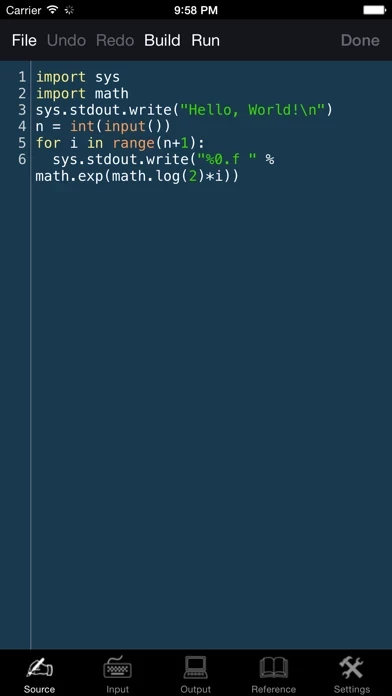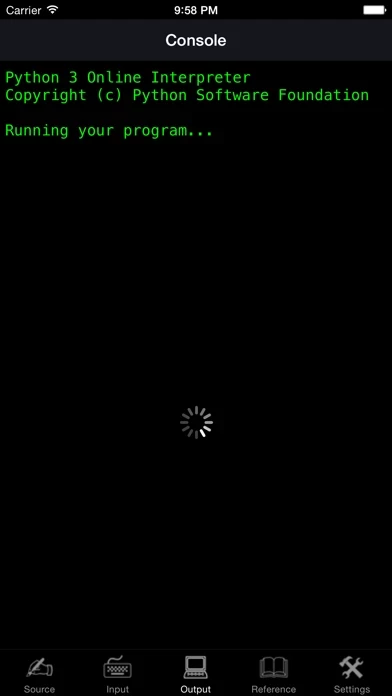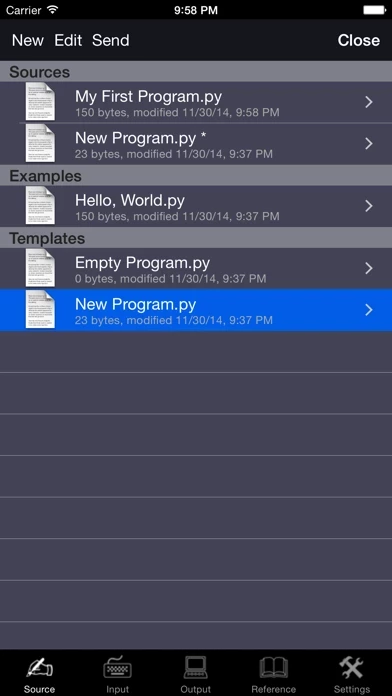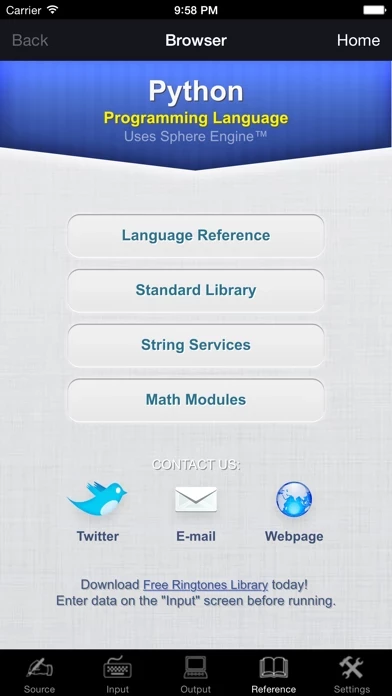Python was conceived in the late 1980s and its implementation was started in December 1989 by Guido van Rossum at CWI in the Netherlands as a successor to the A-B-C language (itself inspired by SETL) capable of exception handling and interfacing with the Amoeba operating system.
Python's syntax allows programmers to express concepts in fewer lines of code than would be possible in languages such as C, and the language provides constructs intended to enable clear programs on both a small and large scale.
Python is a general-purpose, high-level programming language whose design philosophy emphasizes code readability.
The application is especially useful for learning the Python 3 programming language.
Like other dynamic languages, Python is often used as a scripting language, but is also used in a wide range of non-scripting contexts.














